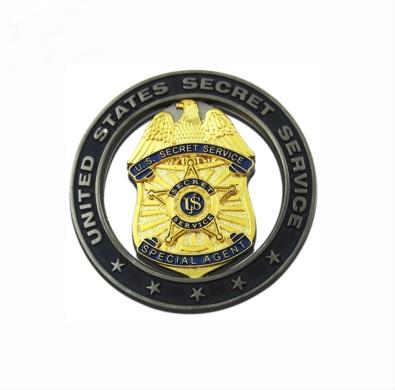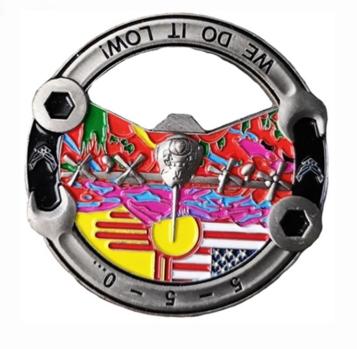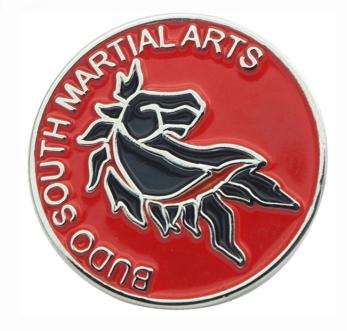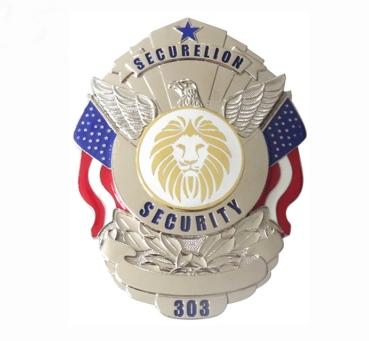Common Issues Easily Overlooked in Badge Customization
In the process of badge customization, many customers often overlook some key issues, which will not only affect the final cost, but may even cause the finished product to be far below expectations. To help you avoid these pitfalls during the customization process, here are a few aspects that need to be considered before customizing badges:
1. The importance of design drawings
First of all, the design drawings are the soul of badge customization. Complex lines and color combinations will not only increase the mold cost, but may also lead to an imbalance in the visual effect in actual production. We often see that customers want all design elements to be presented one by one, but the final physical object may appear messy because of too many elements. Therefore, before opening the mold, it is necessary to reasonably streamline and optimize the design drawings to ensure that each element can effectively convey the core information of the brand.

2. Selection of materials and processes
After confirming the design drawings, customers need to seriously consider the materials of the badge. Commonly used materials include copper, iron, aluminum, zinc alloy and lead-tin alloy. Different materials not only affect the customization badge price, but also determine the texture and visual effect of the badge. As for color technology, the options include real enamel, imitation enamel, baking paint, non-coloring, and flat printing/silk printing. Generally speaking, real enamel badges are the most expensive, but their colors are full and long-lasting; flat printing/silk printing is more economical, but the color expression is relatively weak. Choosing the right material and process should be combined with the purpose and occasion of the customize badge to ensure that it is both beautiful and practical.

3. Accurate grasp of size
The choice of size is crucial to the visual impact of the badge. Many customers do not have clear size requirements when consulting, but in fact, as an important carrier of corporate culture, the accuracy of the size is particularly important. If the badge is too large, it may appear too ostentatious and lose its elegance; if it is too small, the meaning of the badge may be submerged in the details. Therefore, in the early stage of design, it is necessary to fully communicate with the designer to ensure that the size is appropriate.

4. Consideration of customized quantity
Many customers only want to try one or two badges when they first customize, and usually only need to pay the mold fee and processing fee. However, the mold fee is fixed, and the time for commissioning remains unchanged. According to the scale of production, the more the quantity, the lower the unit price will be. In some cases, the mold fee may be waived when a certain quantity is reached. Therefore, if you plan to use the badge for a long time, it is recommended to consider batch customization to obtain a more cost-effective price.

Summary:
Customizing badges is a meticulous process. Ensuring that the design, material, size, and quantity are carefully considered can avoid unnecessary costs and time waste. I hope the above points can help you in your badge customization journey more smoothly. If you have any questions or need further guidance, please feel free to contact us, we will provide you with professional advice and services.







